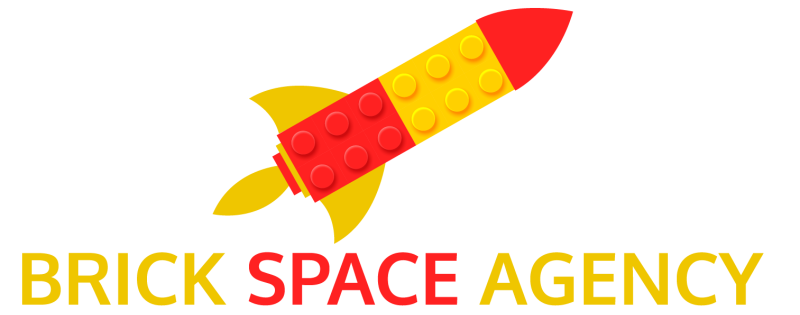
James Webb Space Telescope
Successor to the Hubble Telescope, the JWST will enable a detailed astronomical and cosmological investigations. The 6.5 meter primary mirror will observe some of the most distant objects in the Universe.

Titan Mover Trains
by Eiffleman
The Titan project also had a twin track linking the assembly buildings and launch pads; specially adapted EMD SW-8 switchers were used to move the rocket.
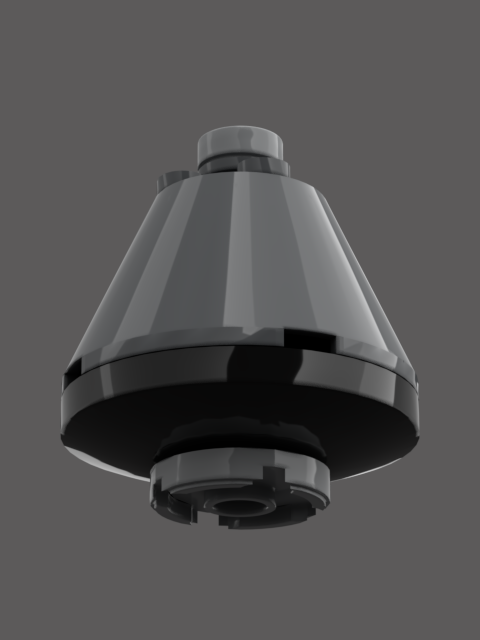
Apollo Command Module with Heatshield
by Eiffleman
The Apollo Command Module was the crew and reentry capsule portion of the CSM. It housed crew accommodation, equipment bays, and the controls and displays for operating the Apollo spacecraft.
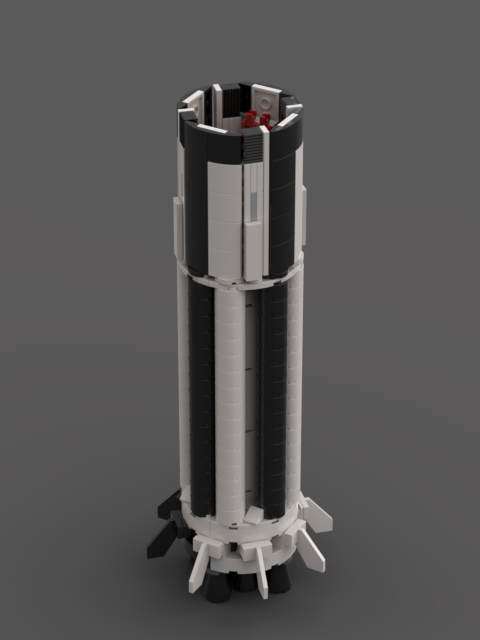
Saturn IB
NASA launch vehicle used to test the Apollo program spacecraft and later to ferry astronauts to Skylab.
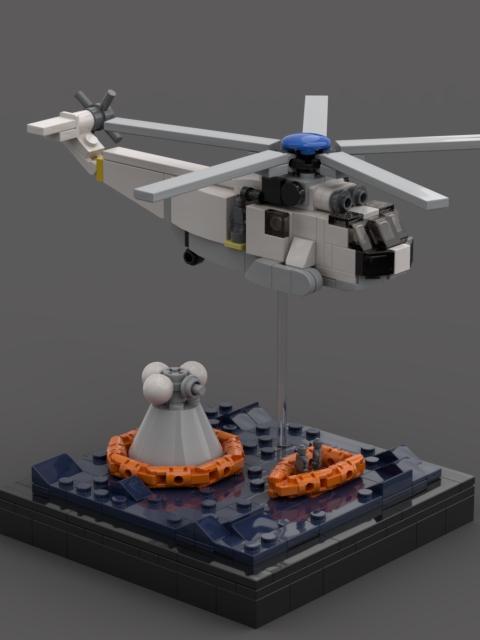
Apollo Recovery Mission / Helicopter 66
By Kaero
During the Apollo 8, Apollo 10, and Apollo 11 missions, Helicopter Sikorsky Sea King SH-3D with number 66 was the primary recovery vehicle which hoisted returning astronauts from the spacecraft command modules.




Titan IIIA
By Kevin Huang
Titan III configuration launched four times to test the Titan transtage and later incorporated as the core stage for the Titan IIIC.

X-15
By Kevin Huang
American manned spaceplane used for hypersonic research. Conducted tests for ballistic flight, winged reentry, and gliding recovery. The X-15 was intended to evolve to a manned orbital spacecraft until the urgent need for the Mercury and Gemini programs surfaced. Research from the X-15 eventually led to the techniques used by the Space Shuttle.

Titan IIIC
by Kevin Huang
USAF expendable launch vehicle used from 1965 until 1982. First Titan family rocket to use large solid rocket motors. Intended for launch of the Dyna-Soar (cancelled) but primarily launched DoD payloads.
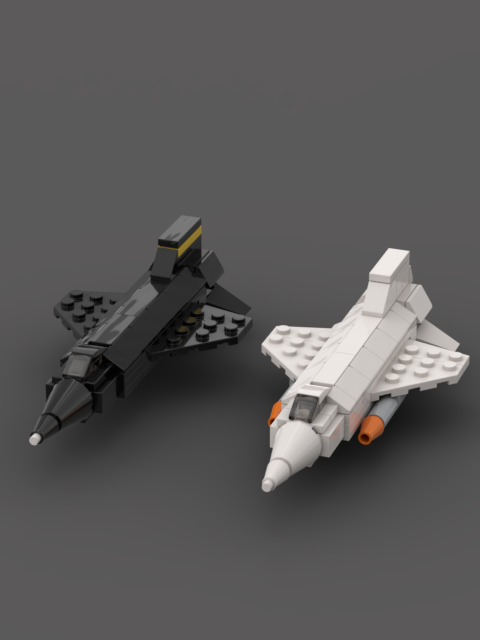
X-15
By Eiffleman
American manned spaceplane used for hypersonic research. Conducted tests for ballistic flight, winged reentry, and gliding recovery. The X-15 was intended to evolve to a manned orbital spacecraft until the urgent need for the Mercury and Gemini programs surfaced. Research from the X-15 eventually led to the techniques used by the Space Shuttle.

Skylab
By Eiffleman
First American manned space station launched 14 May, 1973. Originated as the Orbital Workshop then vastly upgraded to take advantage of remaining Saturn V rockets.
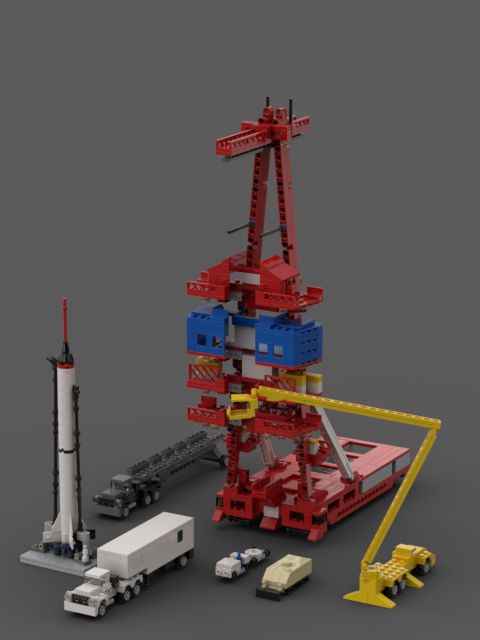
LC-5 Launch Complex 5 Cape Canaveral
By Eiffleman
Launch site at Cape Canaveral Space Force Station, Florida. Site of the Mercury-Redstone 3 flight, America’s first manned space flight with Astronaut Alan Shepard.
LEGO LC-5 model with 976 bricks

NASA M113 Armored Rescue Vehicle
By Eiffleman
NASA modified Army M113s used as armored rescue vehicles.

Kevin Huang
Exceptionally detailed models with particular attention to accurate color. Working on Atlas and Titan rocket families.

Eiffleman
One of the earliest to begin creating 1:110 scale rockets, Eiffleman’s models feature common parts and utilize LEGO standard cylinders when possible. This makes them a great choice if you are new to building MOCs as they are affordable and simple to build.


Atlas LV-3B (Mercury-Atlas Launch Vehicle)
By Kevin Huang
First American orbital human-rated launch vehicle. Used to launch the Mercury capsule to low Earth orbit.

Titan II GLV (Gemini Launch Vehicle)
By Kevin Huang
Titan II missile derived launch vehicle used to launch twelve Gemini missions for NASA.
